memento mycelium

We're starting strong today, friends.

Look. Is it a bit on the nose? Yes. Is that, somehow, to be expected in the year of our lord, twenty twenty one? Also yes. This museum is wild also, because it's weirdly interactive (they have samples of the sloping deck you can climb) and a tour guide claims she saw the ghost of John Jacob Astor IV in the museum. As a reminder, it is in Tennessee, and therefore not anywhere near where he lived or died. Also, they sell a Titanic Inflatable Ship ("Kids will Love this Giant Titanic Inflatable for the bath or pool") as part of the Titanic At the Pool collection. That being said, the official Titanic museum in Belfast has a "ship yard ride" which carries you through the air of a fictional Titanic construction, so who's to say, really.
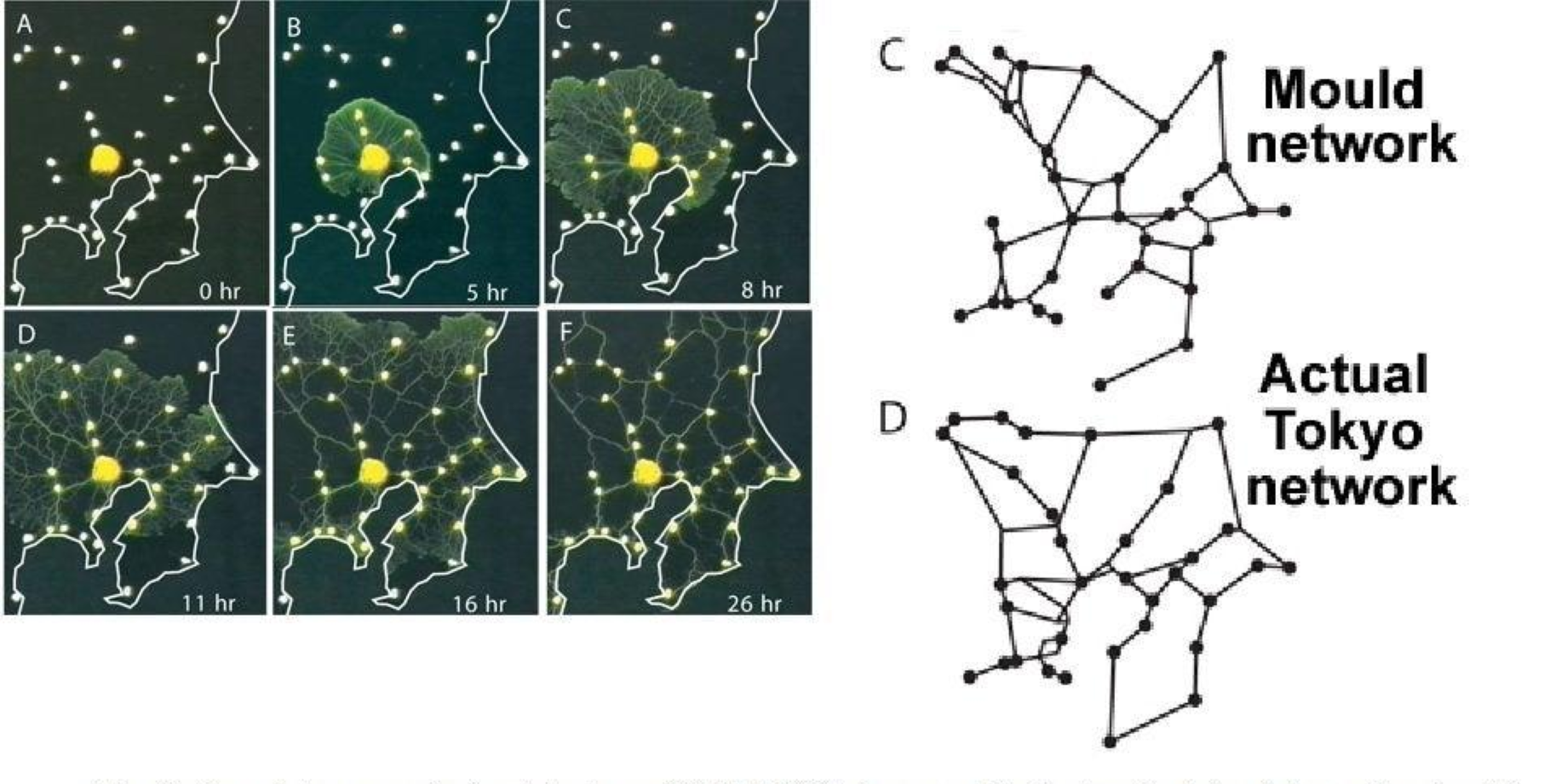
The London Review of Books has a great review of an upcoming book on fungi, and it convinces me that I want to read about fungi, especially because it drops facts like this:
Fungi are used to searching out food by exploring complex three-dimensional environments such as soil, so maybe it’s no surprise that fungal mycelium solves maze puzzles so accurately. It is also very good at finding the most economical route between points of interest. The mycologist Lynne Boddy once made a scale model of Britain out of soil, placing blocks of fungus-colonised wood at the points of the major cities; ...Mycelial networks quickly grew between the blocks: the web they created reproduced the pattern of the UK’s motorways (‘You could see the M5, M4, M1, M6’). Other researchers have set slime mould loose on tiny scale-models of Tokyo with food placed at the major hubs (in a single day they reproduced the form of the subway system) and on maps of Ikea (they found the exit, more efficiently than the scientists who set the task). Slime moulds are so good at this kind of puzzle that researchers are now using them to plan urban transport networks and fire-escape routes for large buildings.
Fortunately, Nature is not done being unnerving / cool: turns out 95% of the "world's fish biomass" ("the total number of fish counted in a specific area of water multiplied by the average weight of fish sampled" - the more you know) live between 100-1000m below the surface. Terrifying!
Also, this is part of a human brain "vitrified by heat at about 950°F produced by a volcanic eruption" (It was Vesuvius, he was in Herculaneum)
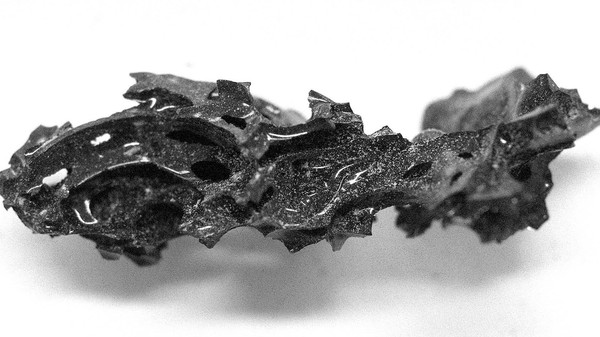
Speaking of skulls, I was not prepared at any point for how this headline went:

Honestly, if I were Pope and wanted a memento mori, I would also ask Bernini if it was an option! He also commissioned a sarcophagus that he kept under his bed—again, who among us would not.
I've learned a new term today: a "familect" - aka the language we use at home, full of references and codes that one must have experienced to reference. I feel like the majority of my family's are based on childhood mispronunciations or movie references (comf'terful for comfortable, "ideal? Isn't it ideal?") (also the piece is written by the creator of a great board game about developing a language after a catastrophic event). Let us thank higher powers that our weird quirks stay within families and loved ones, because this story, of a man so freaked out by realizing he's riding aside Thomas Jefferson, that he runs away and his parting words become a national catchphrase is too much to bear:
Jefferson reportedly relished this anecdote, and told it often. And, as it became better known, it established “My name is Haines” as a hugely popular catchphrase in American slang, dropped into conversation when someone needs to leave somewhere quickly or unexpectedly. 7/9
— Haggard Hawks 🦅 (@HaggardHawks) November 20, 2019
There's a YouTube channel that's collecting every piece of video about the failed Julie Taymor musical Spider-Man: Turn Off The Dark, and every new fact about this boggles the mind. This piece dives into it — because the actual show itself has such complicated origins and is wreathed in such secrecy, that I can't believe we're still learning things about it 11 years later.

In a similar aesthetic vein, here's a look at late 90s movie theatre carpets, in all their neon glory. I appreciate putting them in the context of other late 90s sensory experiences, which ties into this fact that is both unreal and yet—we knew it all along didn't we?
“It’s got so many different colors in it, you can spill coffee or Coke or popcorn and it won’t show,” Trotter says. The Dimensional Innovations team would actually dump Coca-Cola on these new carpets, let it soak in, walk all over them, and check to see if it changed the colors. It didn’t. Even blacklight lights wouldn’t reveal the stains.
I cannot look at movie theatre floors the same way since my dad mentioned that the AMC / Coke pre-show promo looked like the vines were growing from the detritus, so that's my gift to you all.
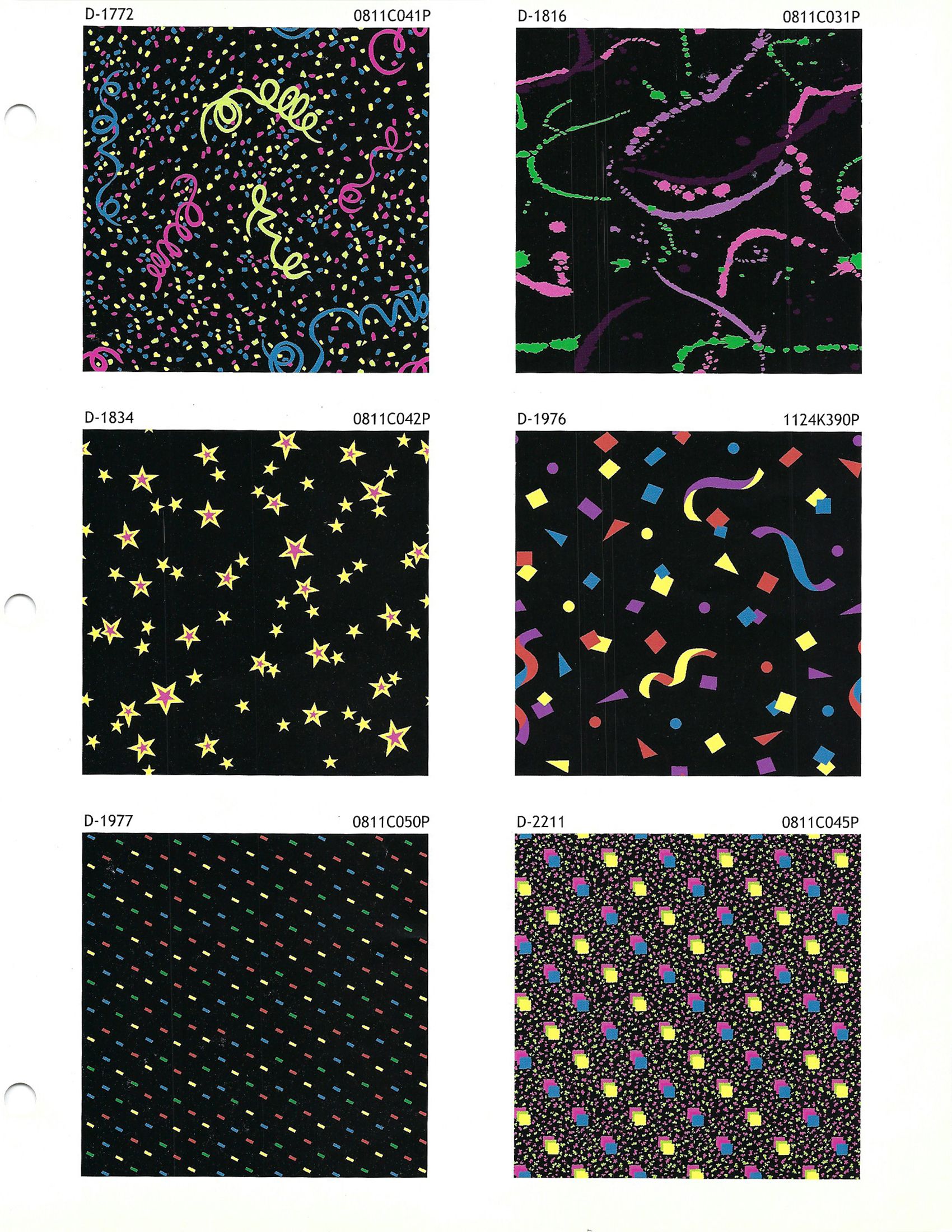
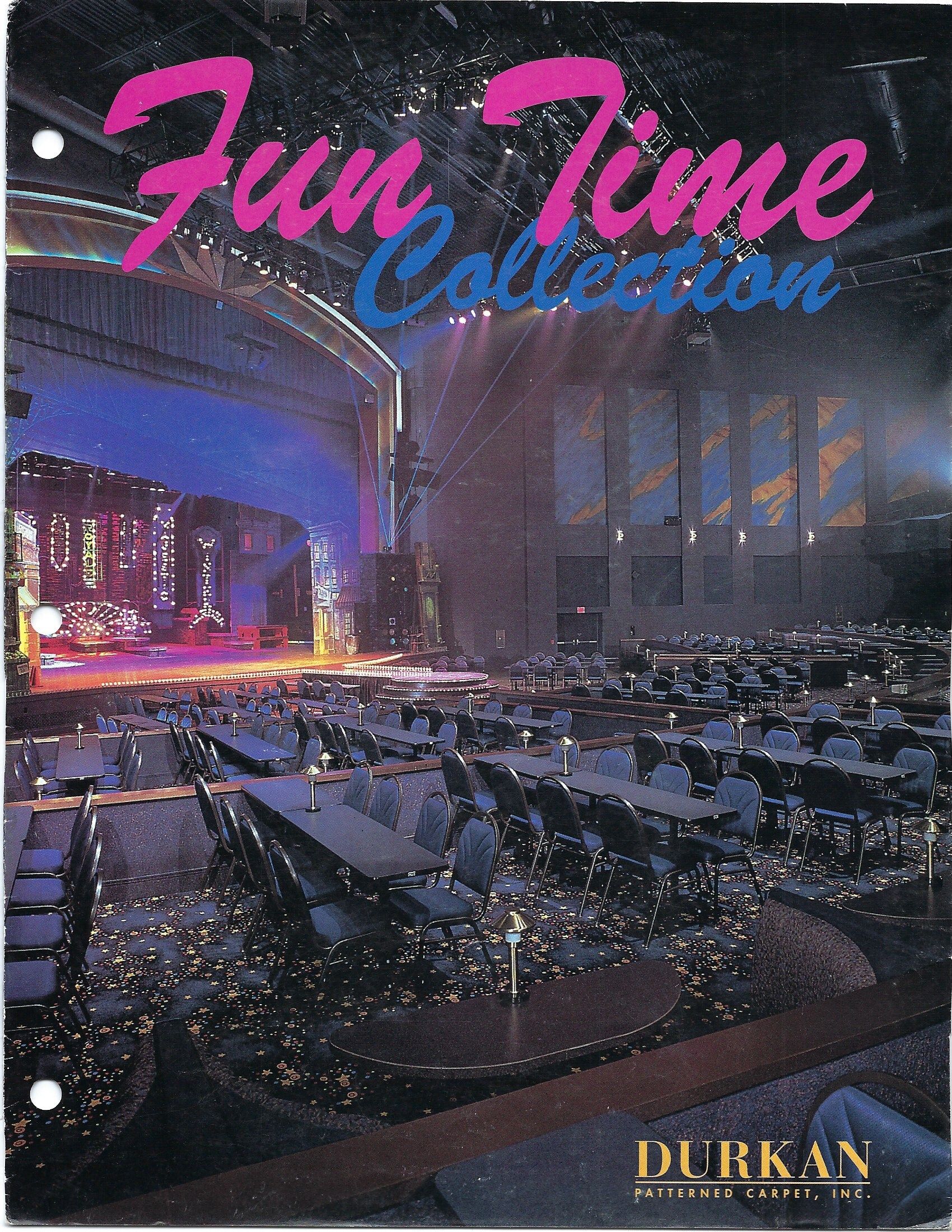
Speaking of Dad (hi Dad), if you've spent any time talking telephones around him, you know the importance of a landline (also know as a POTS line, which just stands for "plain old telephone service"), especially in an earthquake (cell phone systems will be overloaded!). Sophie Haigney in The New Yorker takes a more poetic approach, and talks about the death of the landline in literature, and what that means for storytelling (though I do appreciate that she discusses how authors of modern novels tend to avoid the smartphone almost to an extreme)
Kafka located one of the central qualities of the landline—the way that it allowed someone to speak and be heard, but also to be destabilized, exposed to forces unseen. That quality lapses easily into the supernatural.
I went on a deep dive about area codes (after some time lamenting that there was no good telephone exchange number that worked for my cell phone (9 + 0 really leave one with no options), and this is a great piece discussing this history, including opponents like the "Anti-Digit Dialing League," and how different numbers were chosen:
When it came to creating the area codes for the country, the engineers also made their plans with maximum efficiencies in mind. New York, the most densely populated area of the nation, got 212—2-1-2 containing the lowest number of clicks possible on the rotary phone. Los Angeles got 213—the second-lowest—while Chicago got 312, and Detroit got 313. Anchorage, Alaska...got 907, which required 26 clicks from the person doing the dialing....engineers also ensured that codes resembling each other (say, Oregon's 503 and Florida's 305) were distributed far apart from each other on the map.
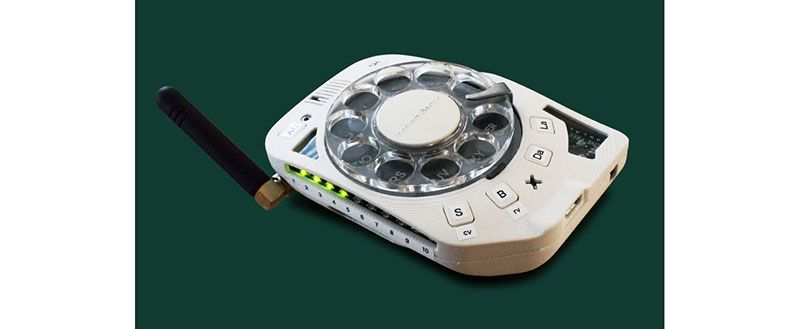
Do you now want your own rotary cell phone? Don't worry, someone's built one and had the schematics for it on her website!
And finally, if you're looking for a new place to live, might I offer:

